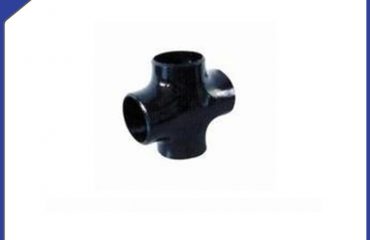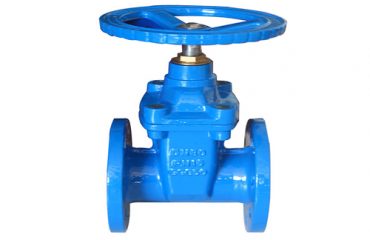Flange is a disk-like parts, in the pipeline engineering is the most common, flanges are used in the pipeline engineering, stainless steel flange is mainly used for the connection of steel pipe. In the need to connect the pipeline to install a flange, low pressure pipe can use wire flange, more than 4 kilograms of pressure on the use of welding flange. The two flanges are fitted with a sealing point, then fastened with bolts, and the flanges with different pressures have different thicknesses and different bolts. When the pump and the valve are connected with the pipe, the parts of the equipment are also made into corresponding flange shapes, also known as flange connections.
All connecting parts that are closed at the same time in the vicinity of two planes using bolts are commonly referred to as “flanges”, such as the connection of a ventilating pipe, this kind of part can be called “Flange class parts”, but this kind of connection is only a part of the equipment, such as the flange and water pump connection, it is not good to call “flange type parts”, compared to small such as valve, can be called “Flange class parts.” In industrial pipelines, the use of stainless steel flange connection is very wide, in the family pipe diameter small, and is low pressure, so see flange connection, and in a boiler room or production site everywhere can see the flange connection pipe and equipment.
Now let’s talk about the application of bolts and nuts in alloy steel flange.
High quality steel should be used on alloy steel flange. That is, the material should be followed by the letter A, such as 35CrMoA, 25CrMoVA according to the structure of the different types of bolts can be divided into six-angle head bolts and double-headed bolts (also known as stud) two types, and the two-head bolts are divided into wire and non-tong wire.
The hexagonal head bolts used on the alloy flange are often combined with the flat-weld flange and the non-metallic gasket to operate under a more moderate condition. Hexagonal head bolts commonly used materials are BL3 or q235b; double-head bolts: often with the weld neck flange in the operating conditions of a more demanding condition, among them, because the wire-type double head bolt on the no cross-section shape changes, so its bearing capacity is strong.
The relative load-carrying capacity of the alloy flange is weaker than that of the wire-type double head bolts. The nut material is often determined according to the bolt material with which it fits, and these combinations are specified in the general standard. In general, the nut material should be slightly lower than the bolt material, and ensure that the nut hardness than the bolt hardness of HB30 around.
 Language
Language Espanol
Espanol English
English Italian
Italian عربى
عربى
 Skype: chinamaker99
Skype: chinamaker99  Tel: 86-316-5120812
Tel: 86-316-5120812 Email:
Email:  Whatsapp:
Whatsapp: 
